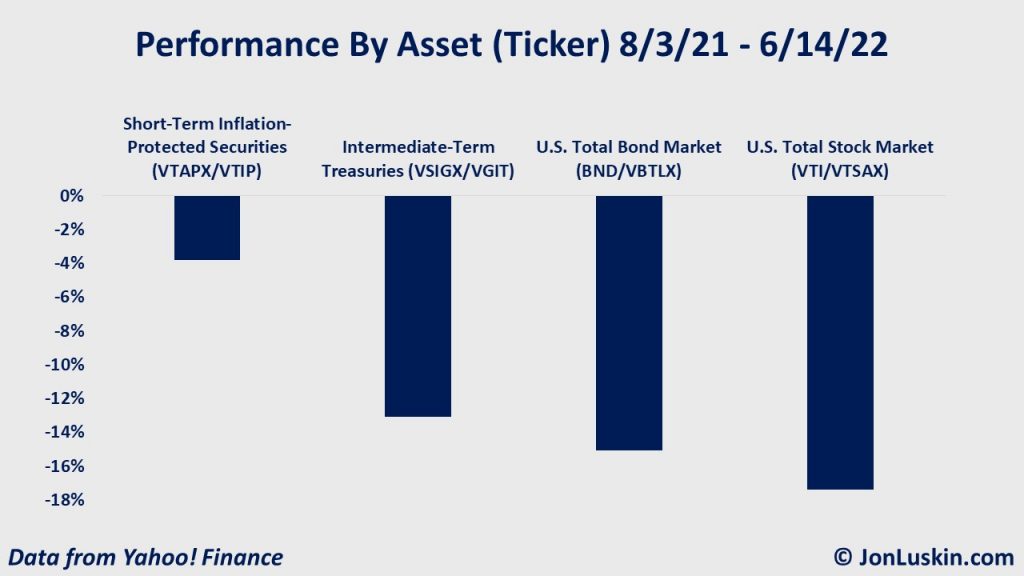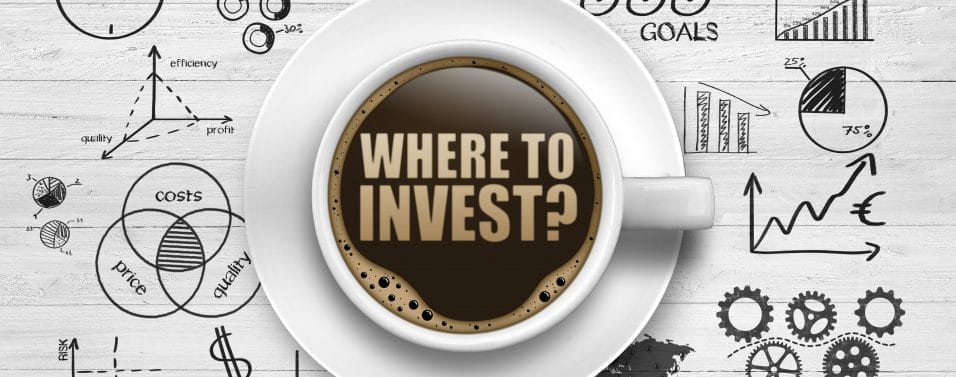
If you wish to maximize your investment returns you should invest only in high-quality defensive stocks. Protecting your portfolio against future market risks can be as easy as investing in defensive stocks. Although some companies might seem boring or uninteresting, they can still be great investments. These stocks can weather any market downturn because they are uniquely positioned. Fundamental analysis can help you identify the most defensive stocks and reap the benefits. Here are some.
CVS
CVS is a strong pharmacy and retail retailer. It recently acquired Aetna, a major health insurance company. Its recent synergies with Aetna have helped it produce $2.3 billion in quarterly profits. GM took a huge hit in the 2008 U.S. automobile bailout, but has now enjoyed great success. In recent years, the company has continued to decrease its debt and has been able pay out a steady dividend.

General Dynamic
General Dynamics can be your safe investment choice. General Dynamics has a strong track record in capital returns and shareholder value, and the current war in Ukraine is a significant tailwind for this defense contractor. However, at current levels, General Dynamics stocks have limited total-return prospects. Strong tailwinds are creating for aerospace and defense contractors, which could limit their stock's upside in the short-term.
Unilever
British multinational corporation has always been a trusted choice for defensive stock picking. Although the recent failure to bid for GlaxoSmithKline may have signalled a lack in organic growth prospects, it is unlikely that the stock will continue to decline in the short-term. As such, it has not received much attention from investors in the past. The stock's value has recovered due to recent news. Unilever is an international multinational with a low P/E of 15.6 and a yielding dividend of 4.06%.
Pfizer
A dividend is the key to maintaining stability in your portfolio. COVID-19 vaccin sales will eventually decline but they don’t look like an irreversible income source. Branded drug firms aren't immune to falling sales of their main product lines. In the end, their market shares and patent rights are lost. But in the long run, the company's product pipeline is what determines its long-term stability.

Walmart
When you're looking to invest in the best defensive stocks, you should definitely consider Walmart. Walmart, a mega-cap bluechip, has an excellent underlying business system. Although its shares have increased by 0.39% in the last year it is still one the most valuable. This is because the company is expanding and has recently launched a subscription service similar to Amazon Prime. While the stock has a low price, it has also managed to grow its revenues, earnings, dividends, and margins in the last few years.
FAQ
What is the purpose of the Securities and Exchange Commission
SEC regulates the securities exchanges and broker-dealers as well as investment companies involved in the distribution securities. It also enforces federal securities laws.
What is a Stock Exchange?
Companies sell shares of their company on a stock market. Investors can buy shares of the company through this stock exchange. The market sets the price of the share. It usually depends on the amount of money people are willing and able to pay for the company.
Companies can also get money from investors via the stock exchange. Investors invest in companies to support their growth. Investors purchase shares in the company. Companies use their money in order to finance their projects and grow their business.
There can be many types of shares on a stock market. Others are known as ordinary shares. These are most common types of shares. These are the most common type of shares. They can be purchased and sold on an open market. Shares are traded at prices determined by supply and demand.
Preferred shares and debt securities are other types of shares. When dividends become due, preferred shares will be given preference over other shares. If a company issues bonds, they must repay them.
What is security on the stock market?
Security is an asset that generates income. Shares in companies is the most common form of security.
A company could issue bonds, preferred stocks or common stocks.
The earnings per share (EPS), as well as the dividends that the company pays, determine the share's value.
Shares are a way to own a portion of the business and claim future profits. You will receive money from the business if it pays dividends.
You can sell shares at any moment.
What is a bond and how do you define it?
A bond agreement between two people where money is transferred to purchase goods or services. Also known as a contract, it is also called a bond agreement.
A bond is typically written on paper, signed by both parties. This document includes details like the date, amount due, interest rate, and so on.
The bond can be used when there are risks, such if a company fails or someone violates a promise.
Bonds are often used together with other types of loans, such as mortgages. This means that the borrower has to pay the loan back plus any interest.
Bonds are also used to raise money for big projects like building roads, bridges, and hospitals.
A bond becomes due upon maturity. The bond owner is entitled to the principal plus any interest.
Lenders are responsible for paying back any unpaid bonds.
What is a REIT?
A real estate investment trust (REIT) is an entity that owns income-producing properties such as apartment buildings, shopping centers, office buildings, hotels, industrial parks, etc. They are publicly traded companies that pay dividends to shareholders instead of paying corporate taxes.
They are similar to a corporation, except that they only own property rather than manufacturing goods.
How does inflation affect the stock market
Inflation can affect the stock market because investors have to pay more dollars each year for goods or services. As prices rise, stocks fall. That's why you should always buy shares when they're cheap.
Statistics
- The S&P 500 has grown about 10.5% per year since its establishment in the 1920s. (investopedia.com)
- "If all of your money's in one stock, you could potentially lose 50% of it overnight," Moore says. (nerdwallet.com)
- Ratchet down that 10% if you don't yet have a healthy emergency fund and 10% to 15% of your income funneled into a retirement savings account. (nerdwallet.com)
- Our focus on Main Street investors reflects the fact that American households own $38 trillion worth of equities, more than 59 percent of the U.S. equity market either directly or indirectly through mutual funds, retirement accounts, and other investments. (sec.gov)
External Links
How To
How to create a trading strategy
A trading plan helps you manage your money effectively. It helps you understand your financial situation and goals.
Before setting up a trading plan, you should consider what you want to achieve. You may wish to save money, earn interest, or spend less. You might want to invest your money in shares and bonds if it's saving you money. If you're earning interest, you could put some into a savings account or buy a house. Maybe you'd rather spend less and go on holiday, or buy something nice.
Once you know your financial goals, you will need to figure out how much you can afford to start. This will depend on where and how much you have to start with. It is also important to calculate how much you earn each week (or month). Your income is the amount you earn after taxes.
Next, you need to make sure that you have enough money to cover your expenses. These include bills, rent, food, travel costs, and anything else you need to pay. All these things add up to your total monthly expenditure.
The last thing you need to do is figure out your net disposable income at the end. This is your net disposable income.
You now have all the information you need to make the most of your money.
To get started with a basic trading strategy, you can download one from the Internet. Ask someone with experience in investing for help.
Here's an example of a simple Excel spreadsheet that you can open in Microsoft Excel.
This graph shows your total income and expenditures so far. It also includes your current bank balance as well as your investment portfolio.
And here's another example. This was designed by a financial professional.
It shows you how to calculate the amount of risk you can afford to take.
Remember, you can't predict the future. Instead, be focused on today's money management.